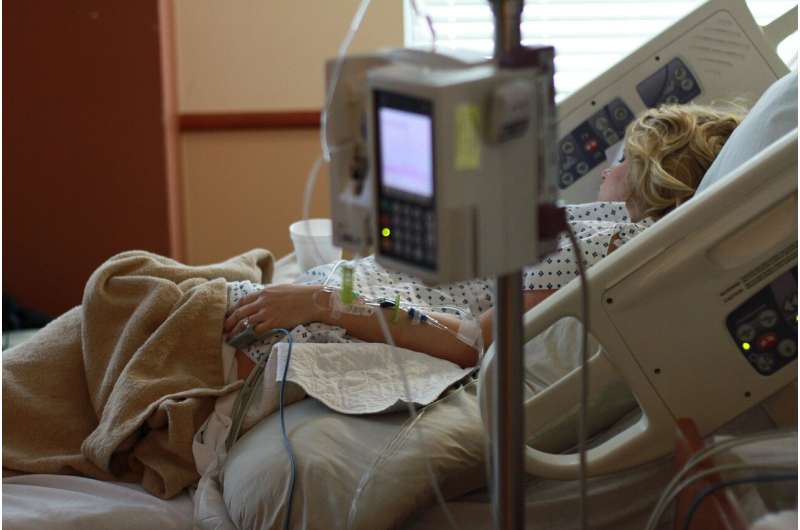
Early in the COVID-19 pandemic, healthcare systems scrambled to modify patient care processes—particularly when it came to strategies aimed at reducing the risk of hospital-related complications. A look at how one hospital applied its learning health system (LHS) framework to respond to a COVID-19-related increase in hospital-acquired pressure injuries (HAPIs) is presented in the May/June Journal for Healthcare Quality (JHQ), the peer-reviewed journal of the National Association for Healthcare Quality (NAHQ).
“Given the significant challenges that pressure injuries may pose to the hospitalized patient, healthcare providers and leaders are faced with the task of HAPI risk mitigation that factors in the unknowns of the COVID pandemic,” write Shea Polancich, Ph.D., RN, and colleagues of University of Alabama at Birmingham. Their experience shows how an LHS approach can support healthcare systems in reducing the risk of HAPIs and other preventable complications, with beneficial effects on patient care and reimbursement.
Using the LHS model improved care delivery—even during a pandemic
Dr. Polancich and colleagues reviewed electronic health record data of 772 patients who were discharged from their academic medical center from March through July 2020 to gain insights into the prevalence of HAPIs and the efficacy of the organization’s 4-year HAPI improvement efforts, based on an LHS model. About 29 percent of patients included in the analysis were diagnosed with COVID-19.
After the start of the pandemic, HAPI numbers began to increase steadily, from 56 cases in March to a peak of 90 cases in May. The researchers believe the increase in HAPIs was related to changes in organizational workflow and processes for evaluating wounds in the early weeks of the pandemic. For example, to reduce COVID-19 exposure and preserve personal protective equipment, the Wound, Ostomy, and Continence (WOC) team used iPads outside patient rooms for remote assessment.
Limited ability to directly observe, touch, and treat patients may have resulted in less-effective management of pressure injuries. Restricted visits by family members or other caregivers—an important set of “eyes and ears” at the patient’s bedside—might also have contributed to the increase in HAPIs.
As the nursing leadership team identified opportunities for improvement, workflow and care processes were quickly adapted. Forty-two percent of HAPI cases in COVID patients were potentially related to positioning or devices affecting the face, head, and neck—possibly linked to placing COVID patients in prone position in order to increase aeration of the lungs. The problem was addressed by using silicon adhesive dressings to relieve pressure points in areas above the neck.
With changes in nursing practice and a gradual return to normal hospital operations, HAPI case numbers started to decline in June, reaching a low of 51 events by the end of July. That corresponded to a 45 percent decrease in the total number of HAPIs.
About 37 percent of COVID-19-related HAPIs were stage 3 or above. Hospitals are not eligible to receive full reimbursement from the Centers for Medicare and Medicaid Services for advanced-stage HAPIs—making pressure injuries an important management target.
Source: Read Full Article
